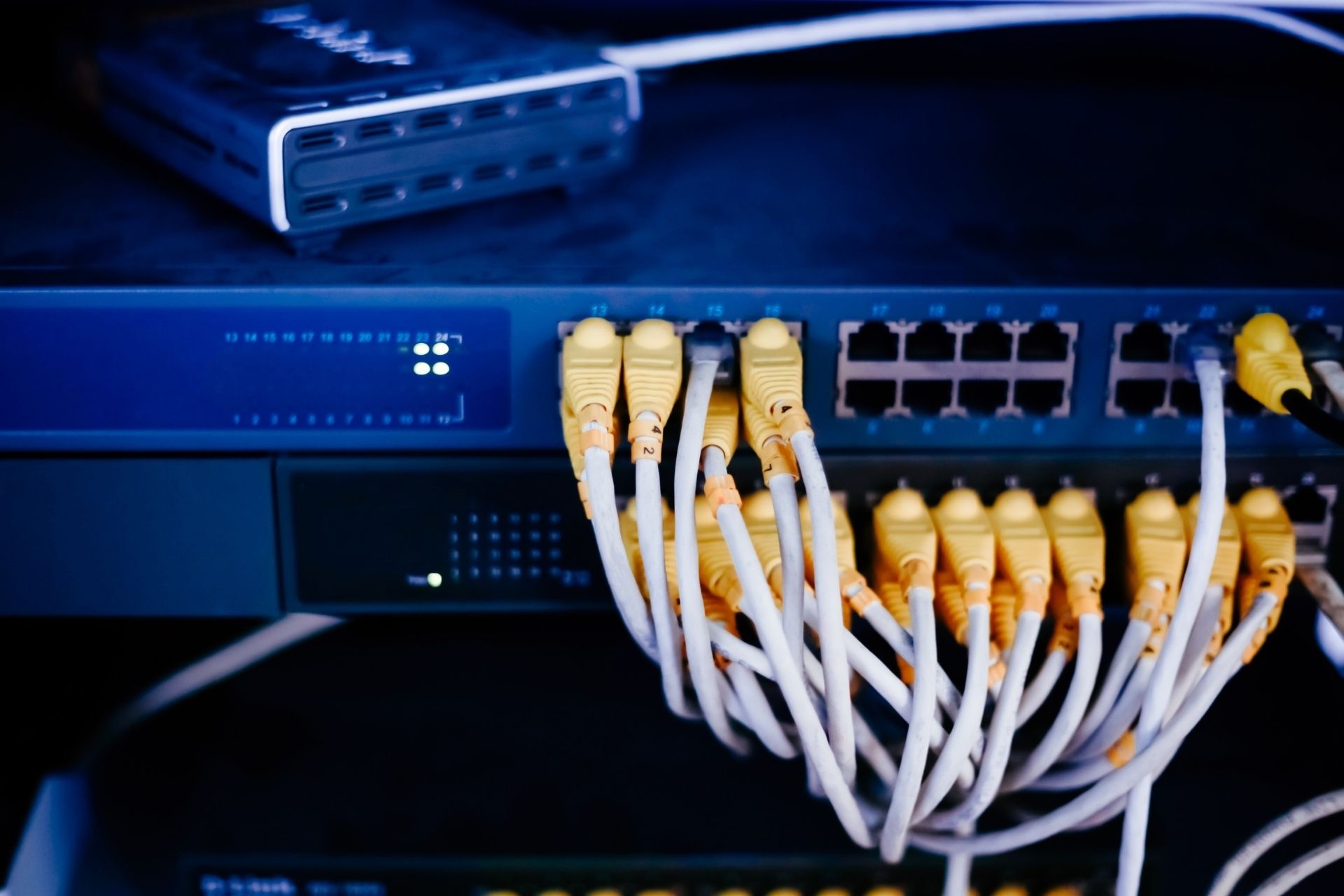Fiber Optic Network Expansion Planning
What are the key factors to consider when planning for the expansion of a fiber optic network?
When planning for the expansion of a fiber optic network, key factors to consider include the current network infrastructure, projected growth in data traffic, available budget, and future scalability needs. Understanding the existing network layout and capacity is crucial in determining where and how to expand the network to meet increasing demands. Additionally, considering the potential for technological advancements and the need for flexibility in network design is essential to ensure long-term success and efficiency.







